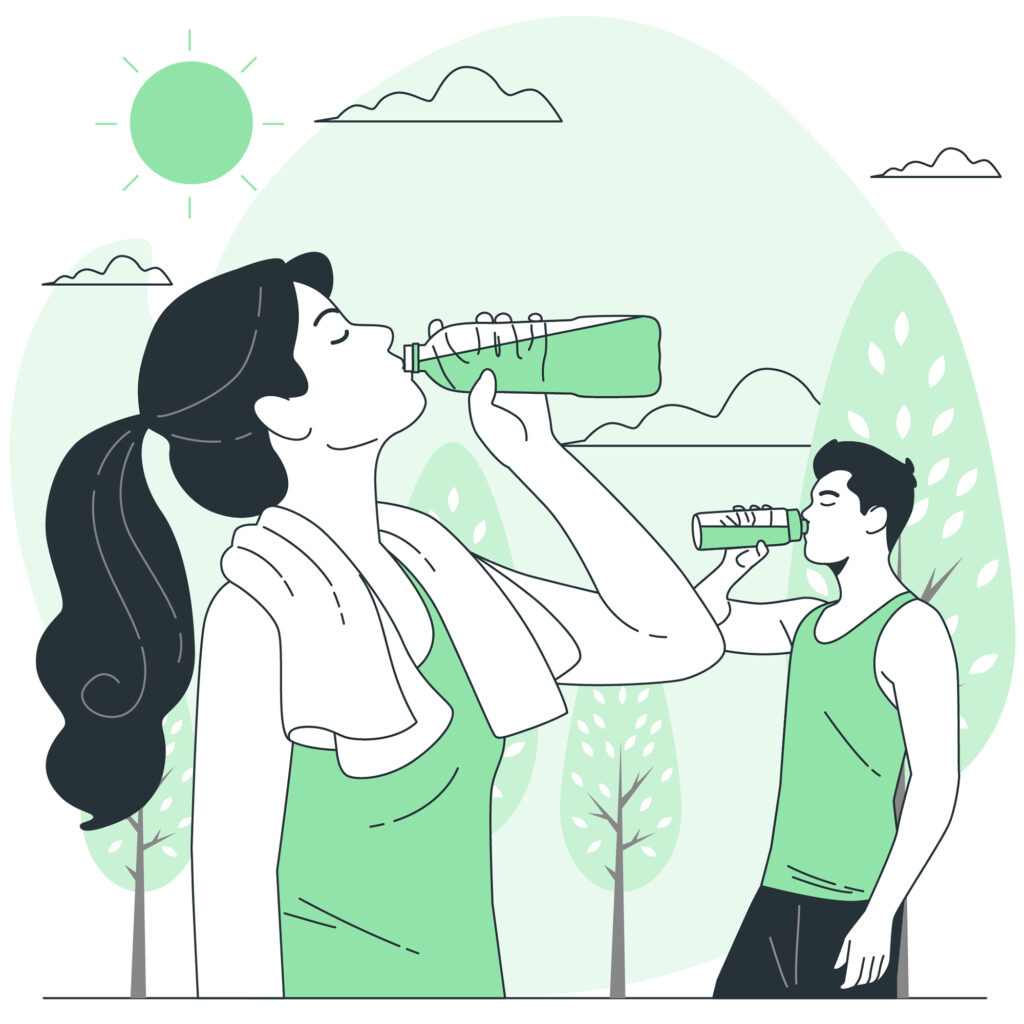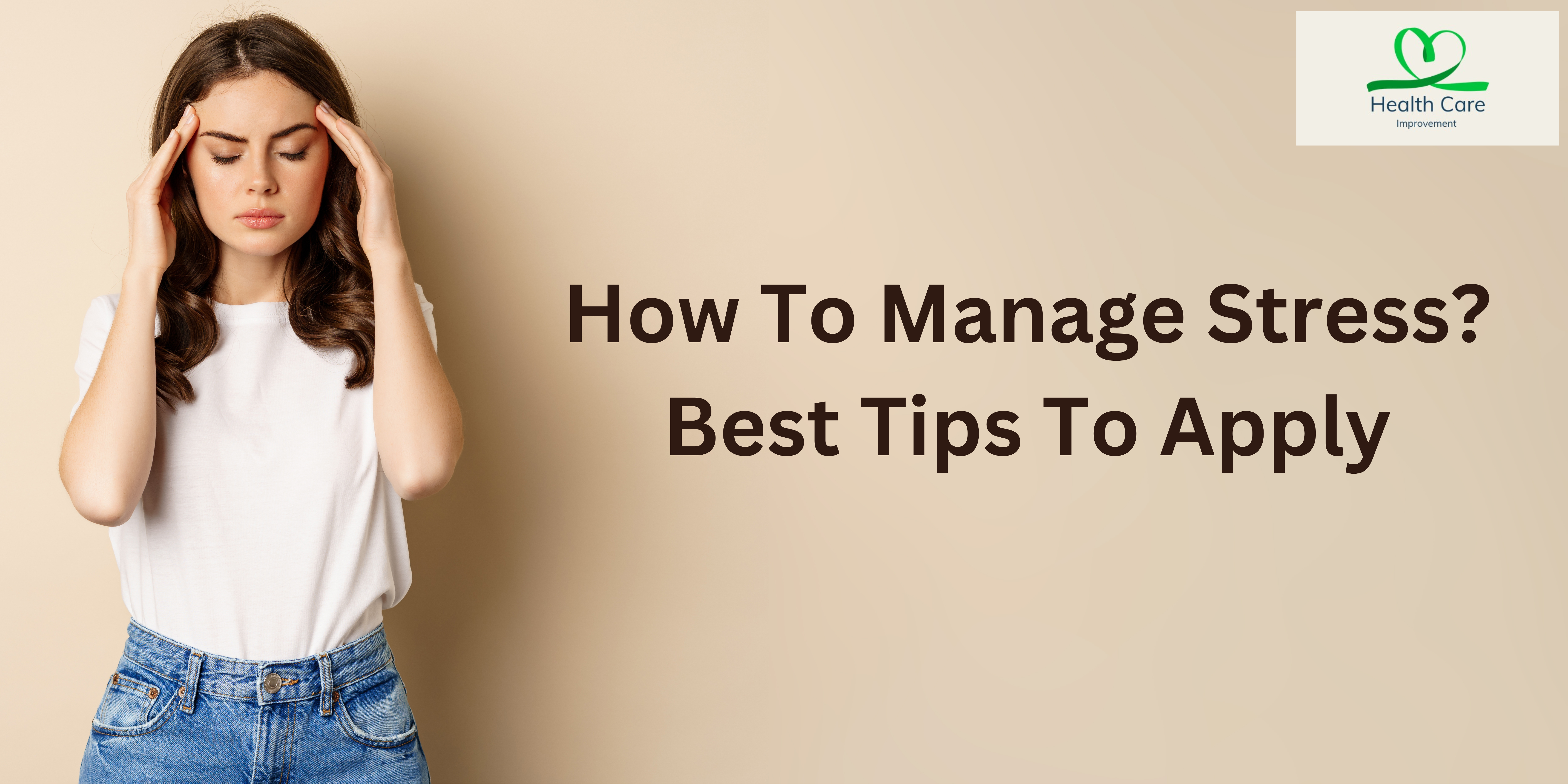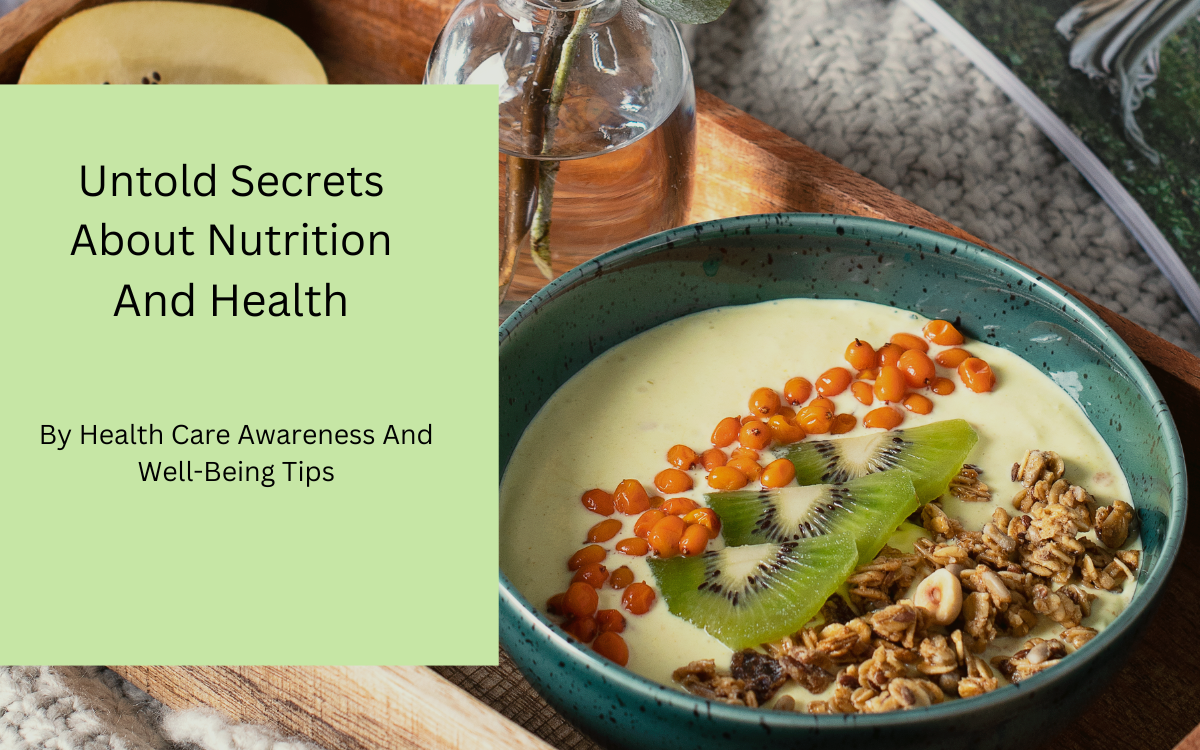With the rise in global temperatures, heat waves have become a more common and deadly phenomenon. Understanding how to protect yourself and your loved ones during a heat wave is crucial for staying safe and healthy. This article will provide comprehensive insights into the necessary precautions you should take to endure extreme heat conditions.

Understanding Heat Waves
A heat wave is a prolonged period of excessively hot weather, which may be accompanied by high humidity. While the exact definition can vary, it generally refers to temperatures that are significantly above the average for a specific time of year and location. Heat waves can have serious health implications, including heat exhaustion, heatstroke, and even death.
Table of Contents
Recognizing the Signs of Heat-Related Illnesses
Before diving into preventive measures, it’s essential to recognize the signs of heat-related illnesses. These include:
- Heat exhaustion: Symptoms include heavy sweating, weakness, cold, pale, and clammy skin, a fast but weak pulse, nausea or vomiting, and fainting.
- Heatstroke: A more severe condition where the body temperature rises above 103°F, characterized by hot, red, dry, or damp skin, a rapid and strong pulse, confusion, and unconsciousness.
Stay Hydrated
One of the most critical steps during a heat wave is to stay hydrated. The body loses more water through sweat in high temperatures, so it’s essential to drink more fluids than usual. Here are some tips to ensure proper hydration:
- Drink plenty of water: Aim for at least eight glasses of water a day, more if you’re active or sweating heavily.
- Avoid alcohol and caffeine: These can dehydrate your body further.
- Incorporate electrolytes: Sports drinks can help replace lost electrolytes, but be mindful of their sugar content.

Dress Appropriately
Wearing the right clothing can make a significant difference in staying cool:
- Light-colored and loose-fitting clothes: These help your body regulate temperature more efficiently.
- Natural fabrics: Cotton and linen are preferable as they allow your skin to breathe.
- Wear a hat: A wide-brimmed hat can protect your face and neck from the sun’s rays.
Stay Indoors During Peak Heat
Avoiding the outdoors during the hottest parts of the day can reduce your risk of heat-related illnesses:
- Stay inside from 10 a.m. to 4 p.m.: These are typically the hottest hours.
- Use fans and air conditioning: Keep your living space cool. If you don’t have air conditioning, consider spending time in public places like shopping malls or libraries.
- Close curtains and blinds: This can prevent your home from heating up excessively.
Cool Your Body
Keeping your body cool is just as important as staying hydrated:
- Take cool showers or baths: This can help lower your body temperature.
- Use damp cloths: Placing damp cloths on your wrists, neck, and forehead can provide relief.
- Utilize cooling products: Cooling towels or fans can be very effective.
Eat Light and Healthy
Your diet can also influence how well you cope with the heat:
- Opt for lighter meals: Heavy meals can increase your body temperature.
- Include fruits and vegetables: These foods are high in water content and can help keep you hydrated.
- Avoid high-protein foods: They can increase metabolic heat production, thus raising your body temperature.
Protect Vulnerable Populations
Certain groups are more susceptible to heat-related illnesses, and extra precautions should be taken for:
- Elderly individuals: Ensure they are hydrated and their living spaces are cool.
- Infants and young children: Never leave them in a parked car, even for a short period.
- People with chronic illnesses: They may be less able to regulate their body temperature.
Use Sunscreen
If you must be outdoors, protect your skin from harmful UV rays:
- Apply a broad-spectrum sunscreen: Choose one with an SPF of at least 30.
- Reapply regularly: Especially if you are sweating or swimming.
- Wear sunglasses: Protect your eyes from UV damage.

Stay Informed
Keeping updated with the latest weather information is crucial:
- Monitor weather forecasts: Be aware of upcoming heat waves.
- Sign up for alerts: Many local governments offer heat alerts via text or email.
- Plan activities accordingly: Reschedule outdoor activities to cooler parts of the day.
Recognize and Act on Heat Emergencies
Knowing when to seek medical attention can save lives:
- Heat exhaustion: Move to a cooler place, loosen clothing, sip water, and use cool cloths.
- Heatstroke: Call 911 immediately. Move the person to a cooler environment, use cool cloths, but do not give them fluids.
Educate Your Community
Raising awareness about heat wave precautions can help protect your community:
- Share information: Use social media, community boards, and local events to disseminate information.
- Organize check-ins: Especially for vulnerable neighbors.
- Promote public cooling centers: Ensure people know where they can go to stay cool.
Emergency Preparedness
Having a plan in place for emergencies is essential:
- Create an emergency kit: Include water, non-perishable food, medications, and cooling products.
- Develop a communication plan: Ensure all family members know how to reach each other.
- Know your resources: Identify local cooling centers and emergency contacts.
Conclusion
Heat waves are becoming more frequent and severe, but by taking proactive steps, you can protect yourself and your loved ones. Stay hydrated, keep cool, dress appropriately, and be vigilant about the signs of heat-related illnesses. Educate your community and be prepared for emergencies to ensure everyone can weather the heat safely. By following these guidelines, you can reduce the risks associated with extreme heat and stay healthy during the hottest days
pics are taken from https://www.freepik.com/.
What are the key symptoms of heat exhaustion and heatstroke?
Heat exhaustion symptoms include heavy sweating, weakness, cold and clammy skin, a fast but weak pulse, nausea or vomiting, and fainting. Heatstroke is more severe, characterized by a body temperature above 103°F, hot and red skin, a rapid and strong pulse, confusion, and unconsciousness. Immediate medical attention is necessary for heatstroke.
How much water should I drink during a heat wave to stay hydrated?
During a heat wave, it’s essential to drink more water than usual due to increased sweating. Aim for at least eight glasses of water a day, but you may need more if you are very active or spending time outdoors. Avoid alcohol and caffeine, as they can dehydrate you further.
What type of clothing is best for staying cool in hot weather?
Wear light-colored, loose-fitting clothing made from natural fabrics like cotton or linen. These materials allow your skin to breathe and help regulate your body temperature. Additionally, wearing a wide-brimmed hat can protect your face and neck from direct sunlight.
hat should I do if I suspect someone is suffering from heat exhaustion or heatstroke?
For heat exhaustion, move the person to a cooler place, loosen their clothing, have them sip water, and apply cool cloths. If you suspect heatstroke, call 911 immediately, move the person to a cooler environment, and use cool cloths to lower their temperature. Do not give fluids to someone who is unconscious or showing severe symptoms.



